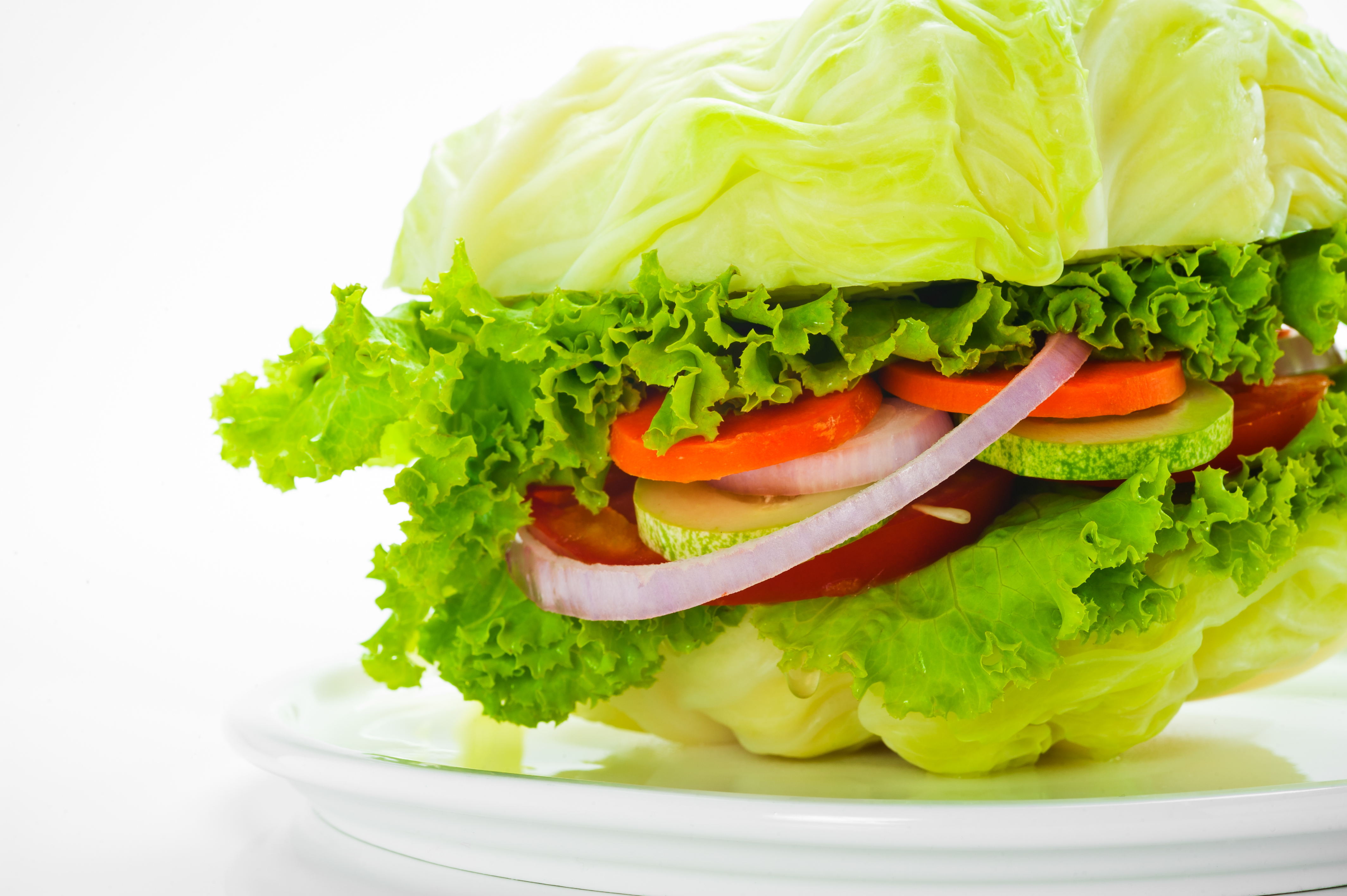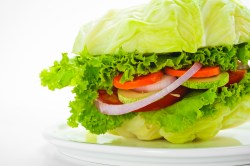We all know what Bad Fast Food looks like (I’m looking at you, KFC Double Down!) And we all know that tens of millions of Americans eat the stuff anyway — whether out of choice or necessity. So can there be such a thing as “Good Fast Food”? There had better be — or else the fast food biz is in real trouble.
Here’s food writer Mark Bittman, writing in the latest issue of the New York Times Magazine:
Soda consumption is down; meat consumption is down; sales of organic foods are up; more people are expressing concern about G.M.O.s, additives, pesticides and animal welfare. The lines out the door — first at Chipotle and now at Maoz, Chop’t, Tender Greens and Veggie Grill — don’t lie. According to a report in Advertising Age, McDonald’s no longer ranks in the top 10 favorite restaurants of Millennials, a group that comprises as many as 80 million people.
Fast food companies understand that Bad Fast Food might be approaching its expiration date. Rather than clinging ever tighter to their fattening products like Coca Cola did, they’re remixing them. Some of it is just window dressing: Bittman offers the example of McDonald’s heavily sweetened yogurt parfait, which just replaces fat with sugar. Other outfits toss a few salads at customers, or push healthier items off to the side as if embarrassed by their existence. After all, having healthier options means admitting your main offerings aren’t, well, healthy.
But Taco Bell just announced a new effort to remake its menu along healthier lines. And Chipotle, which has been called the Apple of fast food, is nipping at the big dogs’ heels. The company bills itself as serving “food with integrity,” cares about animal welfare and to some extent the plight of farmworkers, and yet has $3 billion in annual sales with double-digit annual growth. Other fresh competitors are popping up like superweeds.
But it’s not just consumers’ changing tastes that are giving fast food companies indigestion. It’s the outside shocks to the fast food system — which Bittman doesn’t address — that will create the real opportunity for alternatives. The industry has a lot to swallow if it’s going to continue its domination of the food landscape (and make no mistake — it dominates).
First there’s climate change. The ongoing drought is hitting beef producers hard, and this raises the prospect of the end of an era of cheap meat. Maybe not today, maybe not tomorrow, but soon. After all, the current drought may end, but climate scientists project that the Southwest — Texas is the top beef-producing state in the country — will enter permanent drought in a matter of decades. And if meat prices spike, even McDonald’s might decide the time is right for alternative ingredients.
Meanwhile, more trouble for fast food is brewing among its workers. Workers in New York City recently staged a walkout over low wages, organized by the new group Fast Food Forward, which is trying to improve food workers’ lot generally. The prospect of more expensive labor is even more of a threat to fast food companies’ bottom lines than more expensive meat. President Obama’s healthcare reform law will also force change — and not just because menu-labeling at chain restaurants snuck into the law. The law also put in place new healthcare requirements for employers and fast food operators who have traditionally skimped on benefits.
It’s also possible that new upstarts will pull a Chipotle and start stealing a chunk of business from the current fast food titans. Bittman examined promising and popular vegan/vegetarian fast food chains like Veggie Grill, Native Foods Café, and Lyfe as possible models. But as popular as these mini-chains may be, a bit of perspective is helpful. Veggie Grill has 18 locations, about 0.001 percent of McDonald’s nationwide empire. The glass-half-full crowd might say there’s plenty of room for growth. The glass-half-empty crowd might wonder if these healthier alternatives will forever exist in the shadow of giants like McDonald’s and Burger King.
Partly it’s because not one of these upstarts is truly able to compete on price with McDonald’s, certainly not with its [in]famous “Dollar Menu.” That said, it’s a mistake to focus too much on the cheapest end of the fast food menu. In an article a couple of years ago, Bittman himself calculated that “a typical order for a family of four — for example, two Big Macs, a cheeseburger, six chicken McNuggets, two medium and two small fries, and two medium and two small sodas — costs, at the McDonald’s a hundred steps from where I write, about $28.” That’s not cheap!
It’s also a mistake to think that fast food consumers are the most price-conscious. There has been a broad misconception that the main consumers of Bad Fast Food are those at the bottom of the income ladder. But a 2011 study blew that assumption away. As The Atlantic reported at the time, it turns out that “a household earning $60,000 a year eats the most fast food, and one bringing in $80,000 is actually more likely to have it their way than one with $30,000.”
The popularity of the big chains isn’t entirely about price, after all. Remember that billions have been spent perfecting Bad Fast Food so that its combinations of salt, fat, and sugar reach the “bliss point.” And just as important, Bad Fast Food is really, really fast.
In the end, if there’s real potential in this idea of Good Fast Food, I agree with Bittman that it’s not going to be explicitly vegan or vegetarian (for which there is unquestionably a market — just not a McDonald’s-scale one). Rather, for better or for worse, we’ll see familiar menus with alternative ingredients. Bittman makes a nod toward this with his healthy “burger,” “fries,” and “shake” recipes in the article. Veggie Grill already features soy-based “chikin” — although conventionally grown soy as a meat alternative has real problems.
Fast food is no doubt headed for some kind of slow-motion transformation. What, exactly, will end up on those newfangled, Less-Bad (we hope) menus is hard to say. There’s only one thing I’m sure of. It won’t be any of these.




